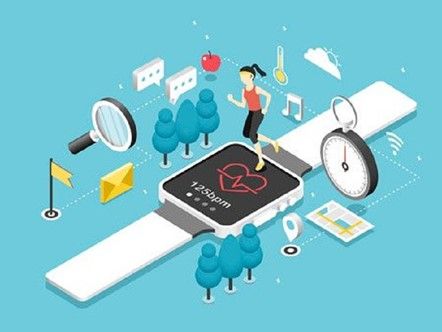In 1890, Karl Elsener invented the Swiss Army Knife. At the time, it was a marvel of utilitarian engineering. From its core emanated a range of blades including a can opener and a screwdriver. In the decades since, the knife has evolved in dimensions and complexity with some models sporting 87 implements and 141 functions. The fact that the modern versions of this knife are still produced, at a clip of 134,000 per day, is testimony to the value of having a single tool that helps you accomplish many things.
I am not sure if Steve Jobs ever owned a Swiss Army Knife. But, one hundred and twenty-seven years after Elsener’s invention, Mr. Jobs would introduce the world to the iPhone. Like its mechanical predecessor, the iPhone sported core elements of functionality—a phone, radio and camera. As the phone and business model evolved, so did the number of blades or apps. At first there were hundreds of add-on services, then thousands and ultimately millions, virtually guaranteeing that the phone would have a place of permanence in our lives.
So what do iPhones and knives have to do with the future of technology in the health club industry?
Practically everything. There are elements of the health club environment that have remained virtually unchanged since the early 60’s. Health clubs are still buildings, filled with varieties of equipment where people go to work out. What has changed is the technology used to manage these businesses and the interactions with the members that use them.
Principle among the technology changes are the ways that software has evolved. In the early days, club management software was like the Swiss Army Knife. It was a rigid tool designed to do several core things very well. Adding blades of service to this tool was not something that the software companies did very quickly or with great proficiency.
Not long after the advent of the iPhone, the fitness software world began to evolve. Slowly, new companies surfaced that were not trying to reinvent management software, but to augment and integrate with it. These companies were most often times focused on improving a singular aspect of the health club experience. From sales management to marketing, from member engagement to retention, from online scheduling to member rewards; technology evolved to provide health club owners and members an unprecedented selection of tools to help them. With the health club management software as the hub and these innovative companies as the spokes of service, the health club software model was transformed from a utilitarian knife to a technology rich communication platform or ecosystem.
As an example, Jonas Fitness’s club management software handles the core operational needs of club owners’ health and fitness facilities; our ecosystem of integration partners gives owners the ability to customize and tailor their solution how they deem fit.
Through integration, multiple platforms are able to communicate seamlessly with each other. Instead of relying on a single service provider, health club operators can now select from a menu of best-of-breed services. They can realize the advantages of these specialized providers without the heavy lifting of supporting multiple independent applications. In short, technology has evolved to allow operators the ability to create their own technology ecosystem that is customized to their needs and budget.
The concept of connected ecosystems is what I believe the future of the fitness industry will evolve to. Already, the club management systems are connecting not only to other applications, but directly to the members through their own smart phone supported ecosystem. Most, if not all of the major equipment manufacturers are creating applications that will connect the member with their work outs and personal health data. Personal coaching software is evolving to capture this data along with wearable generated information to give the operator a clear understanding of usage and the member, a historical perspective of health progress. Health care providers and insurance companies are taking a growing interest in these intersecting ecosystems as they hold the keys to improving health and longevity for the populations that they serve.
Ultimately, as the internet of things intersects with our business and personal ecosystems, the walls of the health club will become less restrictive and relevant. Health-minded individuals will be able to create and carry with them their personal fitness profile, complete with connections and learnings gleaned from the health club. The digital health club will start to appear to and be engaged by the large fraction of the population (~80%) that would not otherwise go to a conventional environment.
The gym of the future, through its connected ecosystems, will be one that is as accessible in the digital world as it is in the brick and mortar, one that connects with the athlete and the recovering patient with equal relevance and one that connects us with our personal fitness self while contributing to advancements in population health. Exciting times—Mr. Elsener and Mr, Jobs would be proud.














